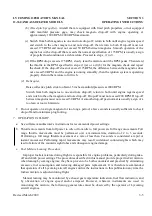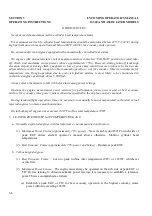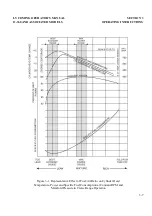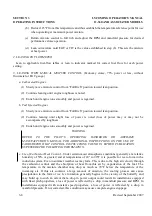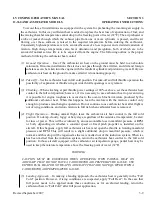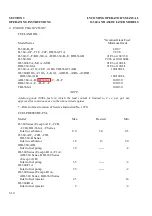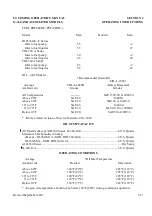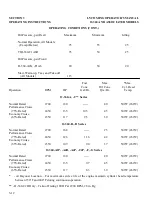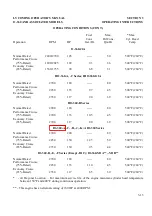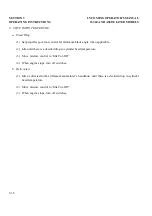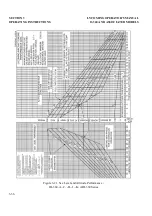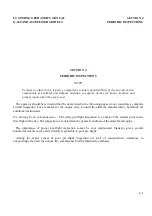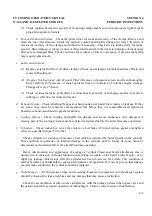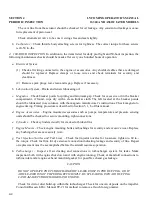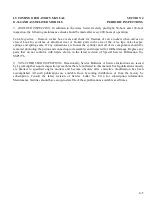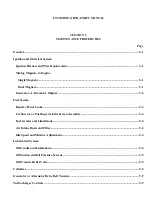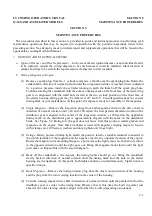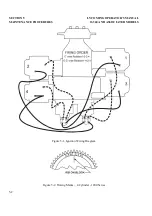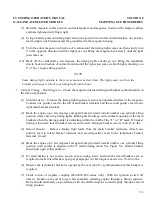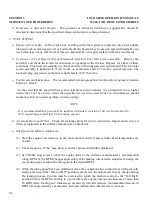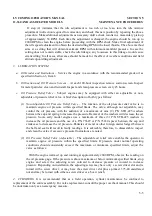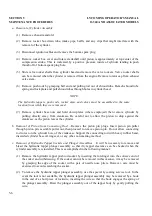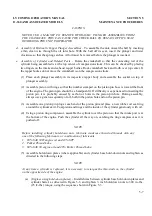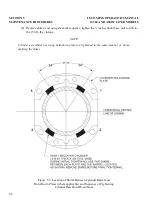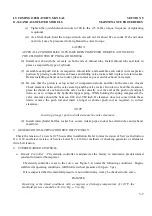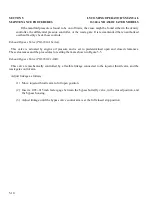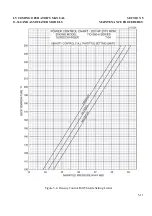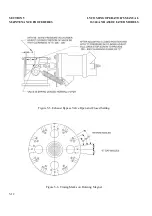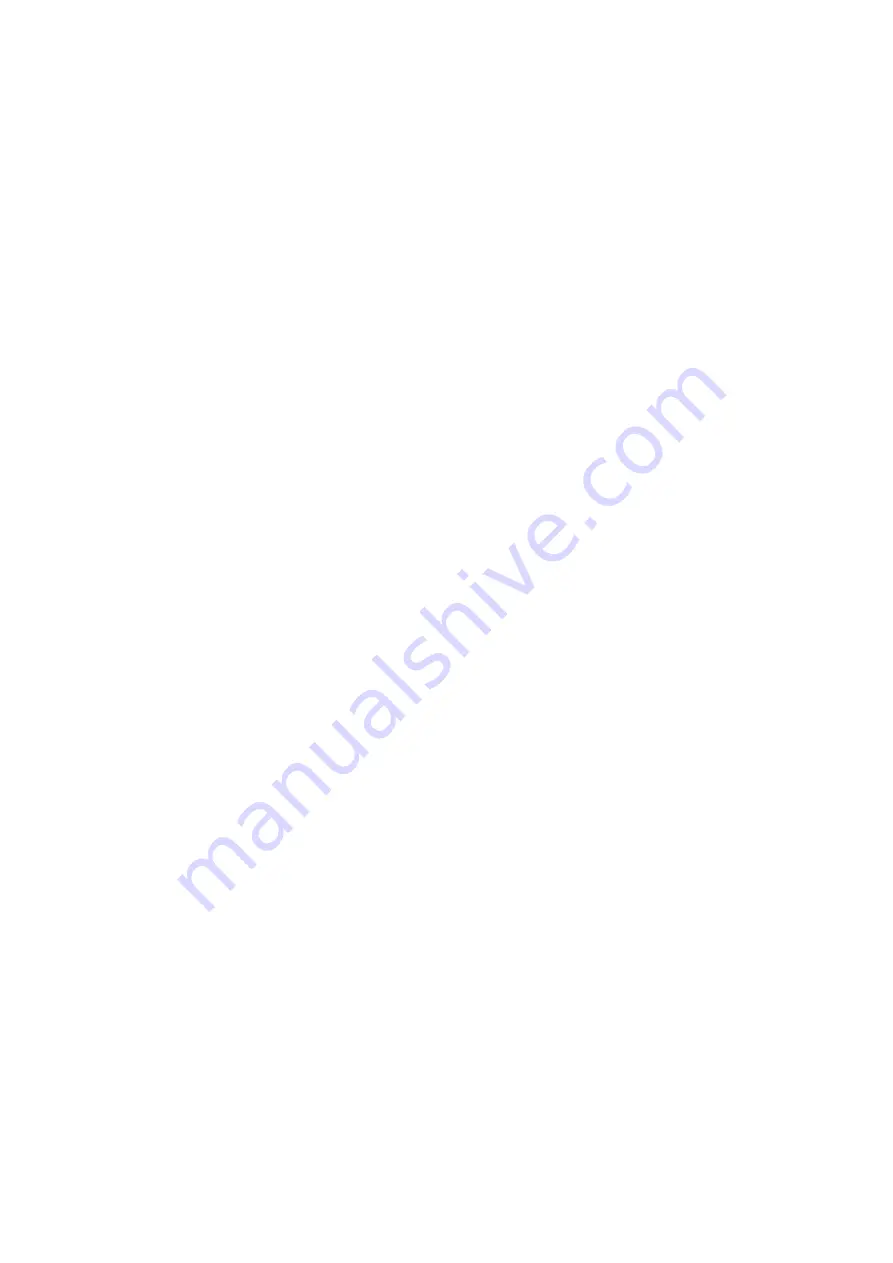
LYCOMING OPERATOR’S MANUAL
SECTION 4
O-360 AND ASSOCIATED MODELS
PERIODIC INSPECTIONS
(3) Checkignition harness for security of mounting clamps and be sure connections are tight at spark
plug and magneto terminals.
b. Fuel and Induction System –
Checkthe primer lines for leaks and security of the clamps. Remove and
clean the fuel inlet strainers. Checkthe mixture control and throttle linkage for travel, freedom of
movement, security of the clamps and lubricate if necessary. Check the air intake ducts for leaks,
security, filter damage;evidence of dust or other solid material in the ducts is indicative of inadequate
filter care or damaged filter. Checkvent lines for evidence of fuel or oil seepage;if present, fuel pump
may require replacement.
c. Lubrication System.
(1) Replace external full flow oil filter element. (Checkused element for metal particles.) Drain and
renew lubricating oil.
(2)
(Engines Not Equipped with External Filter.)
Remove oil pressure screen and clean thoroughly.
Note carefully for presence of metal particles that are indicative of internal engine damage.
Change oil every 25 hours.
(3) Checkoil lines for leaks, particularly at connections for security of anchorage and for wear due to
rubbing or vibration, for dents and cracks.
d. Exhaust System –
Checkattaching flanges at exhaust ports on cylinder for evidence of leakage. If they
are loose, they must be removed and machined flat before they are reassembled and tightened.
Examine exhaust manifolds for general condition.
e. Cooling System –
Check cowling and baffle for damage and secure anchorage. Any damaged or
missing part of the cooling system must be repaired or replaced before the aircraft resumes operation.
f.
Cylinders –
Checkrocker boxcover for evidence of oil leaks. If found, replace gasket and tighten
screws to specified torque (50 in.-lbs.).
Checkcylinders for evidence of excessive heat which is indicated by burned paint on the cylinder.
This condition is indicative of internal damage to the cylinder and, if found, its cause must be
determined and corrected before the aircraft resumes operation.
Heavy discoloration and appearance of seepage at cylinder head and barrel attachment area is
usually due to emission of thread lubricant used during assembly of the barrel at the factory, or by
slight gas leakage which stops after the cylinder has been in service for awhile. This condition is
neither harmful nor detrimental to engine performance and operation. If it can be proven that leakage
exceeds these conditions, the cylinder should be replaced.
g. Turbocharger –
All fluid power lines and mounting brackets incorporated in turbocharger system
should be checked for leaks, tightness and any damage that may cause a restriction.
Checkfor accumulation of dirt or other interference with the linkage between the bypass valve and
the actuator which may impair operation of turbocharger. Clean or correct cause of interference.
4-3

